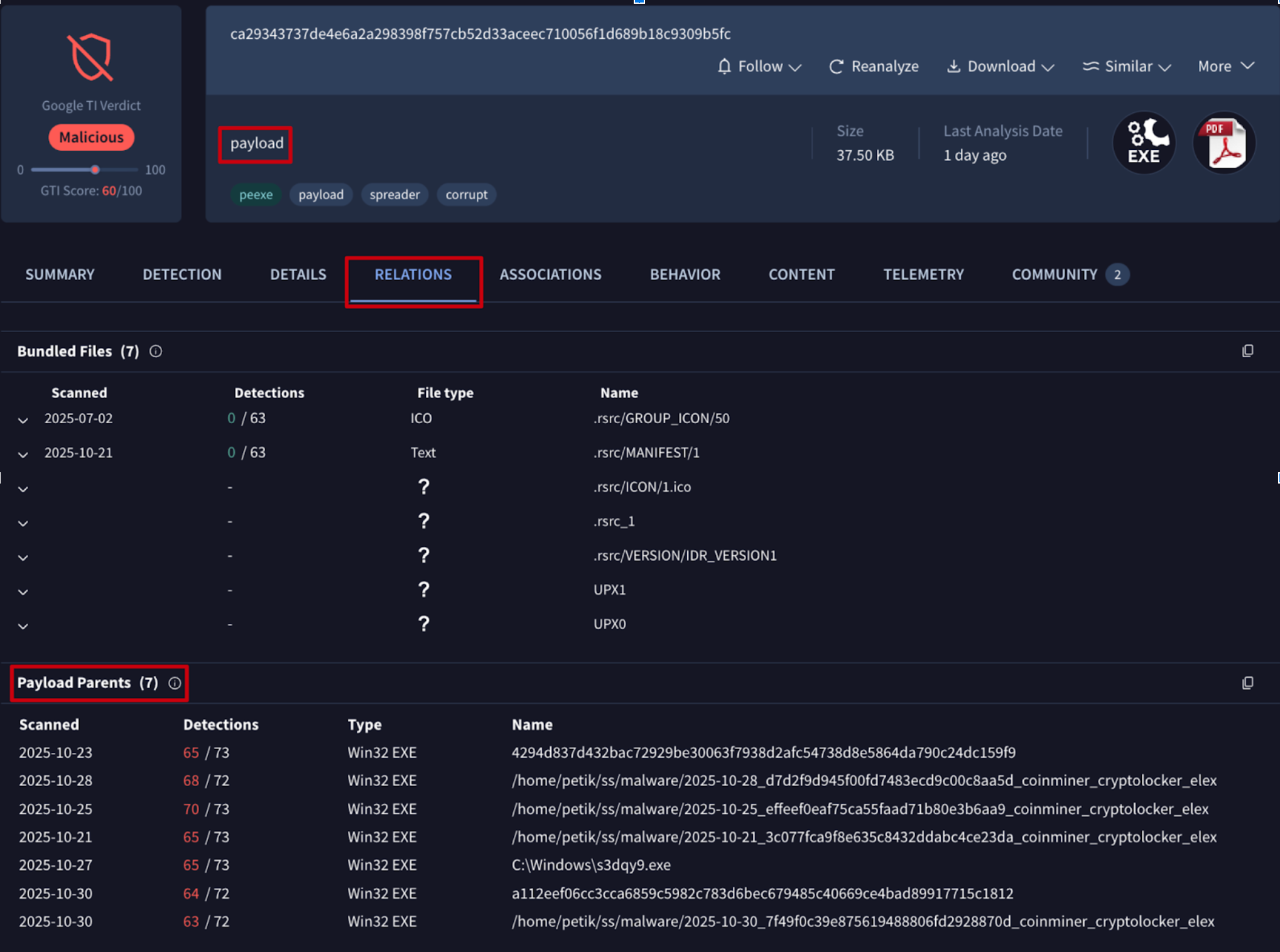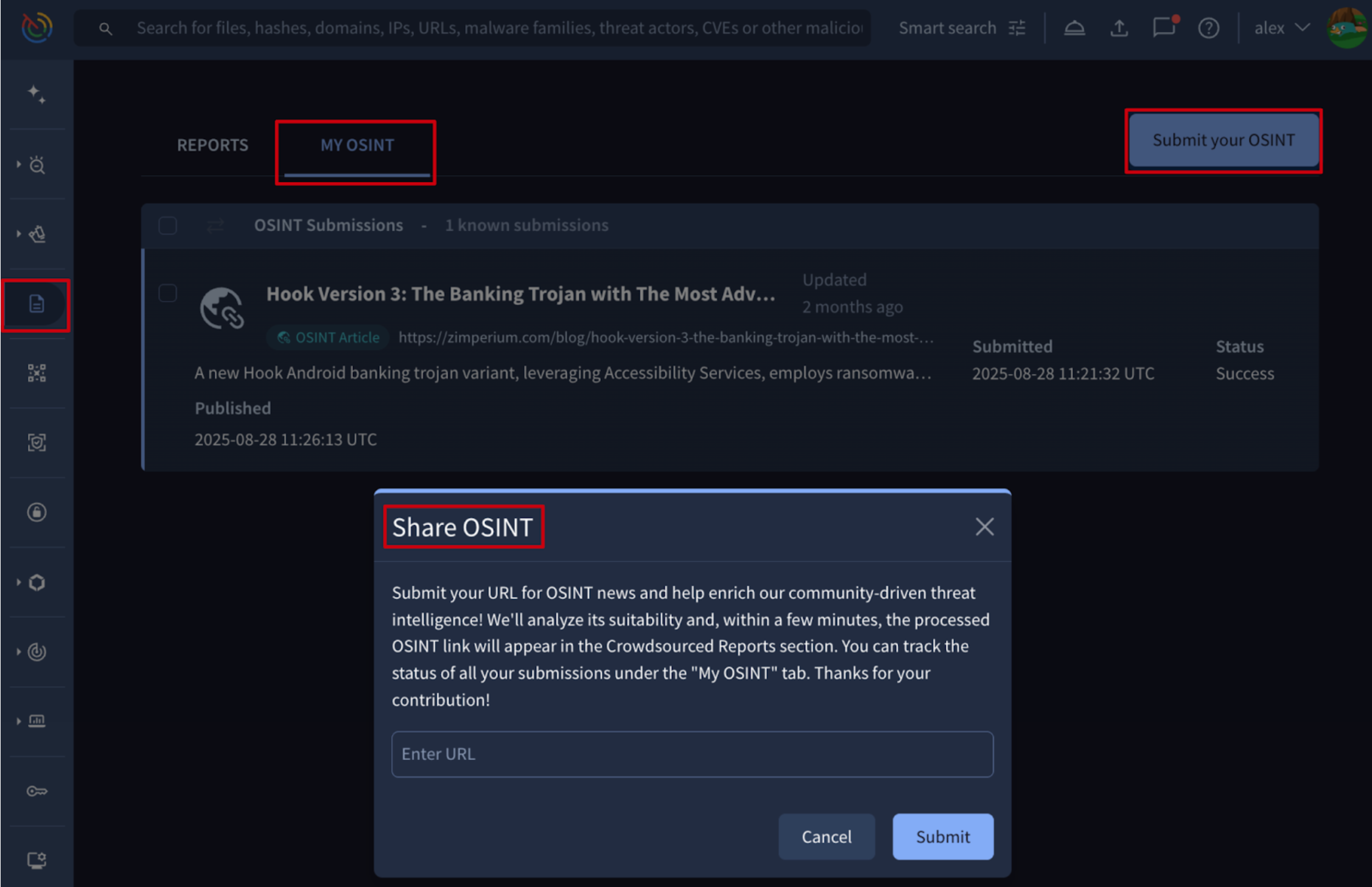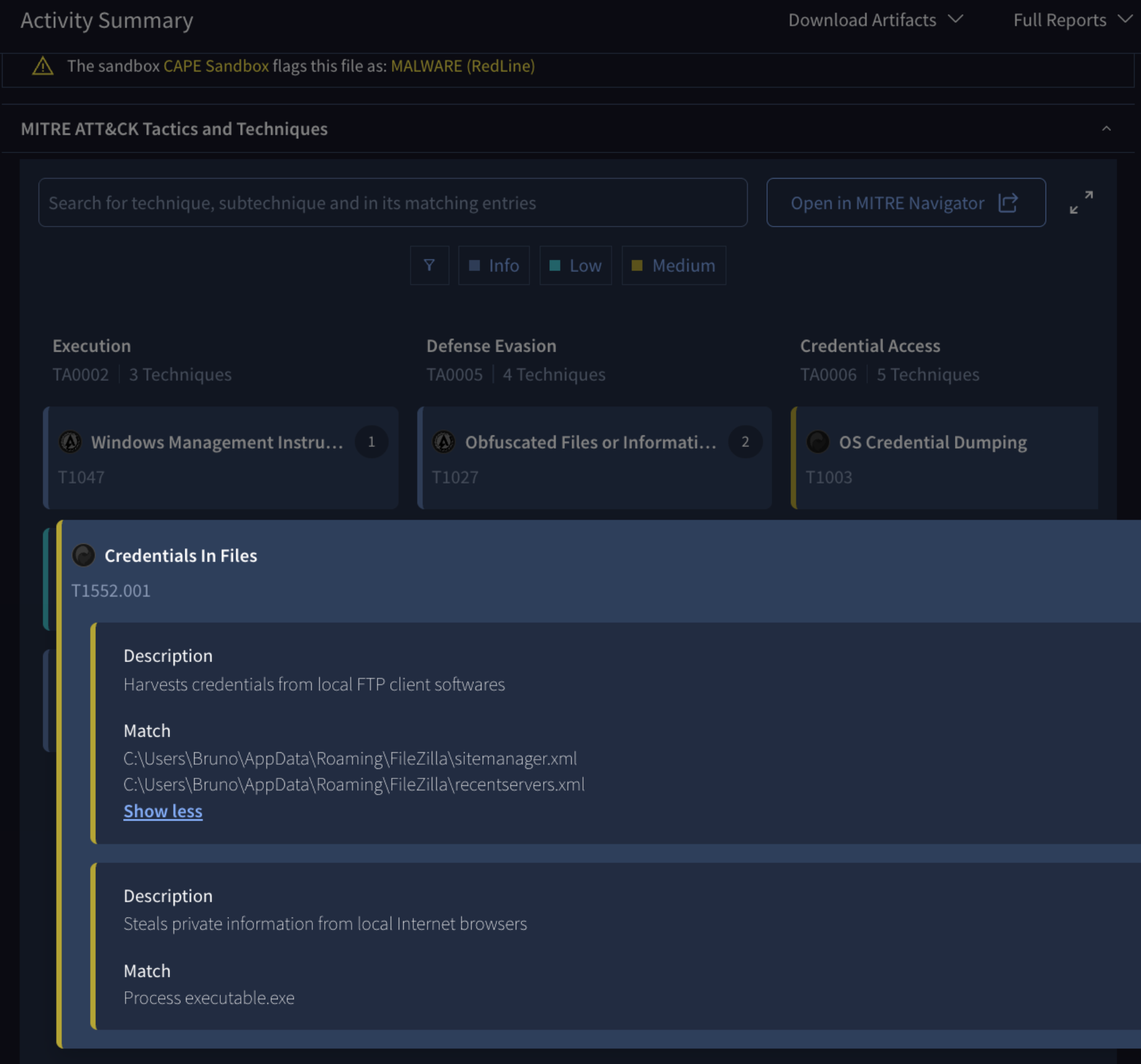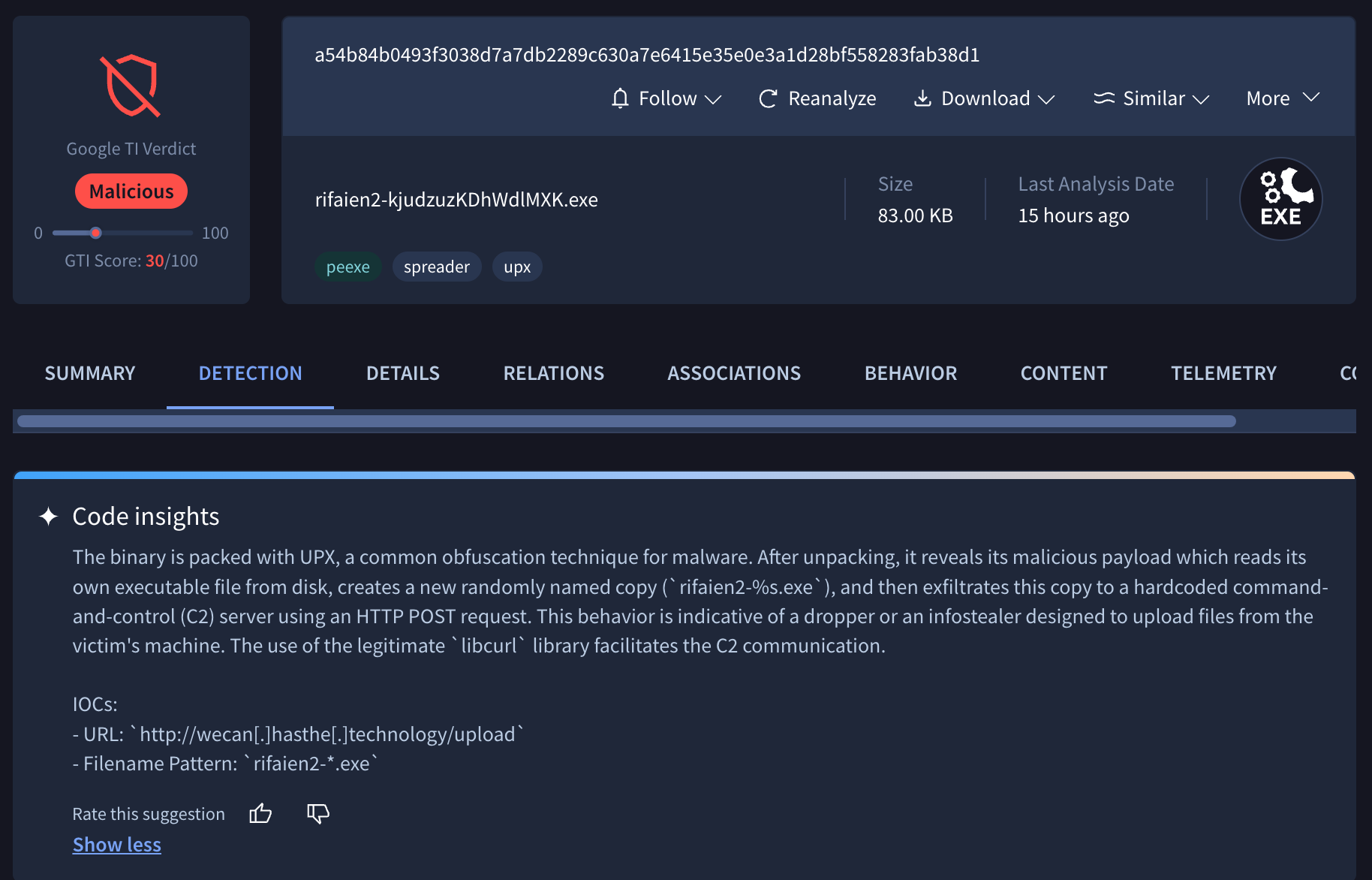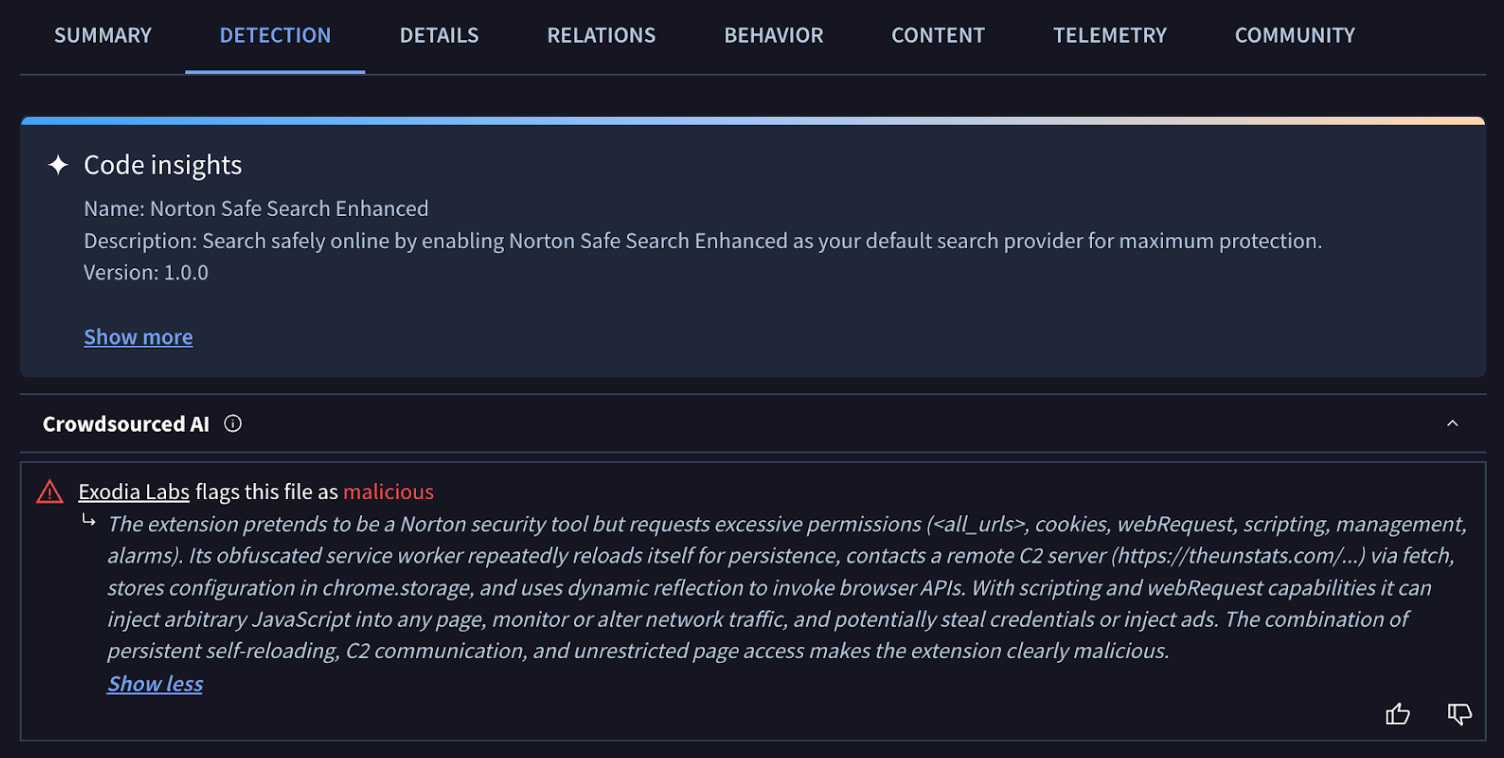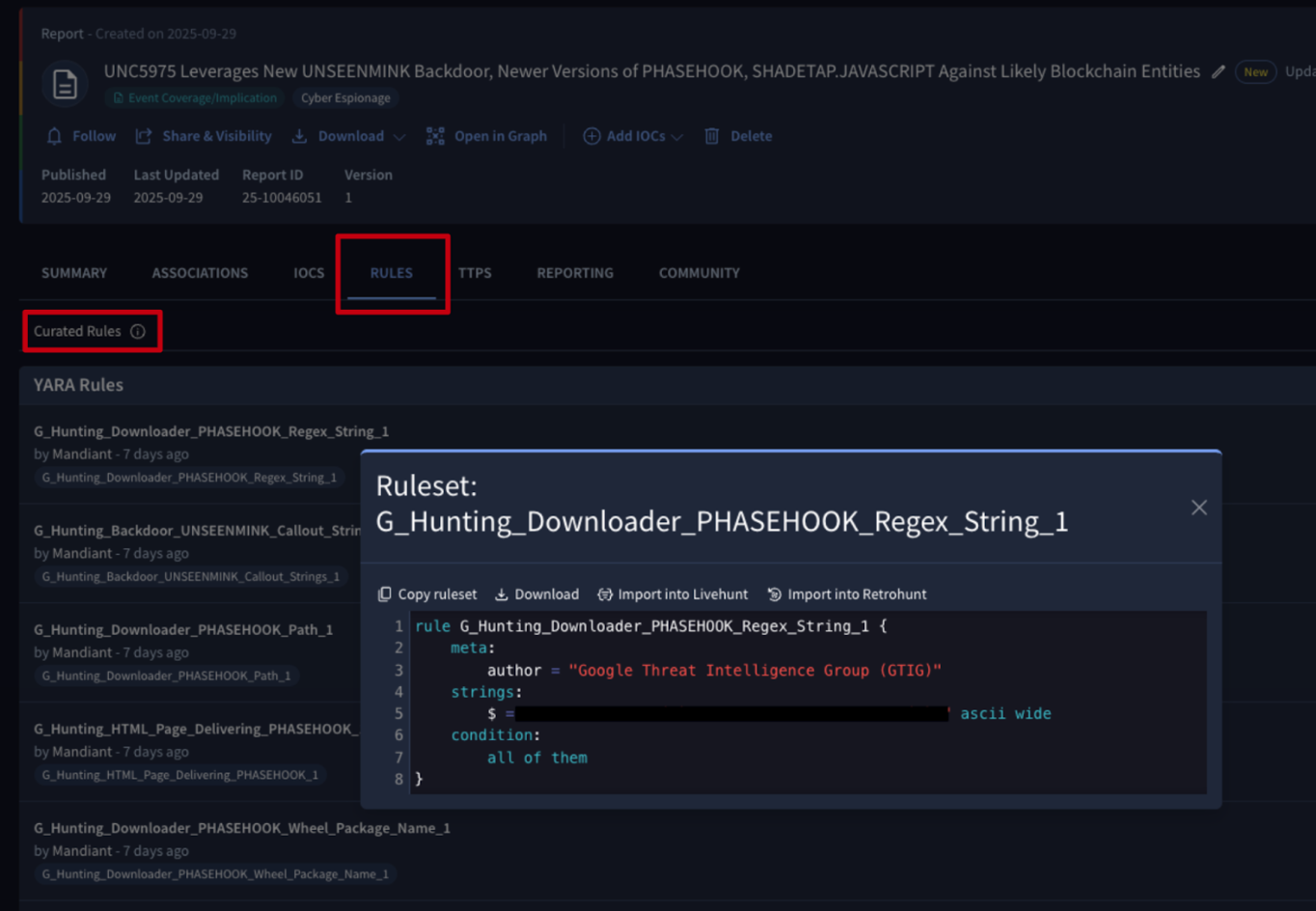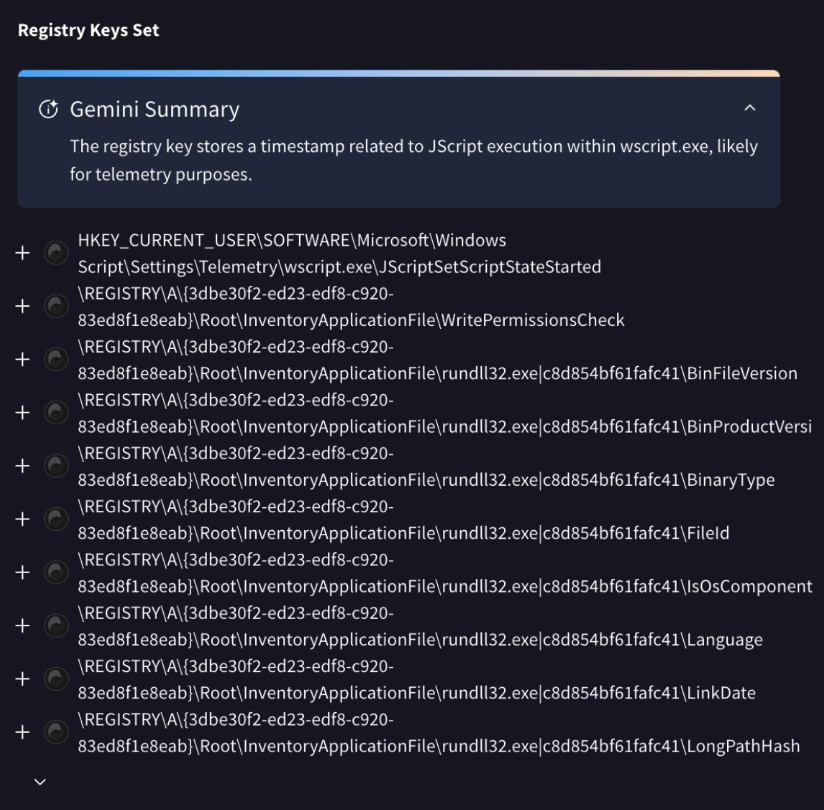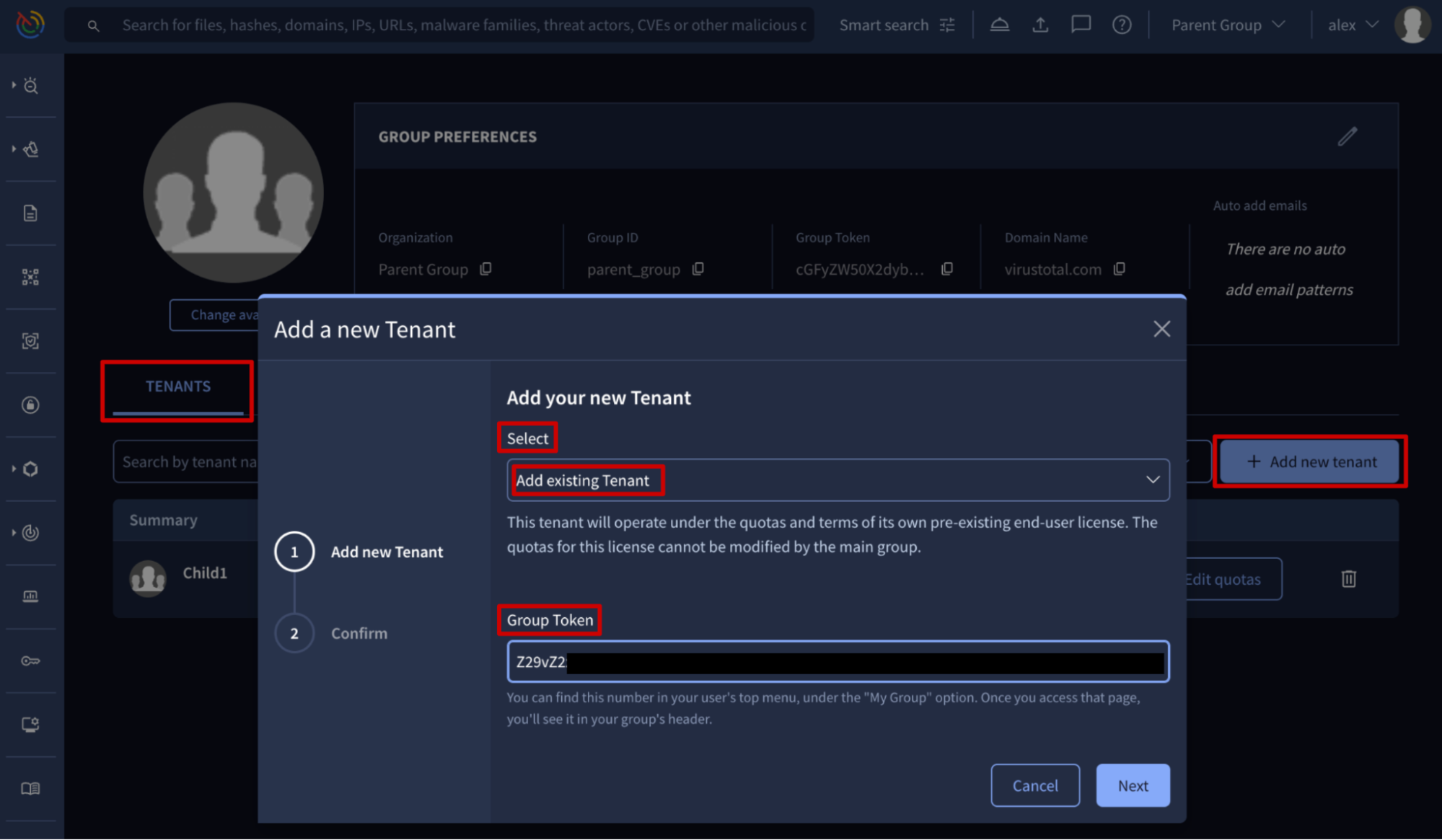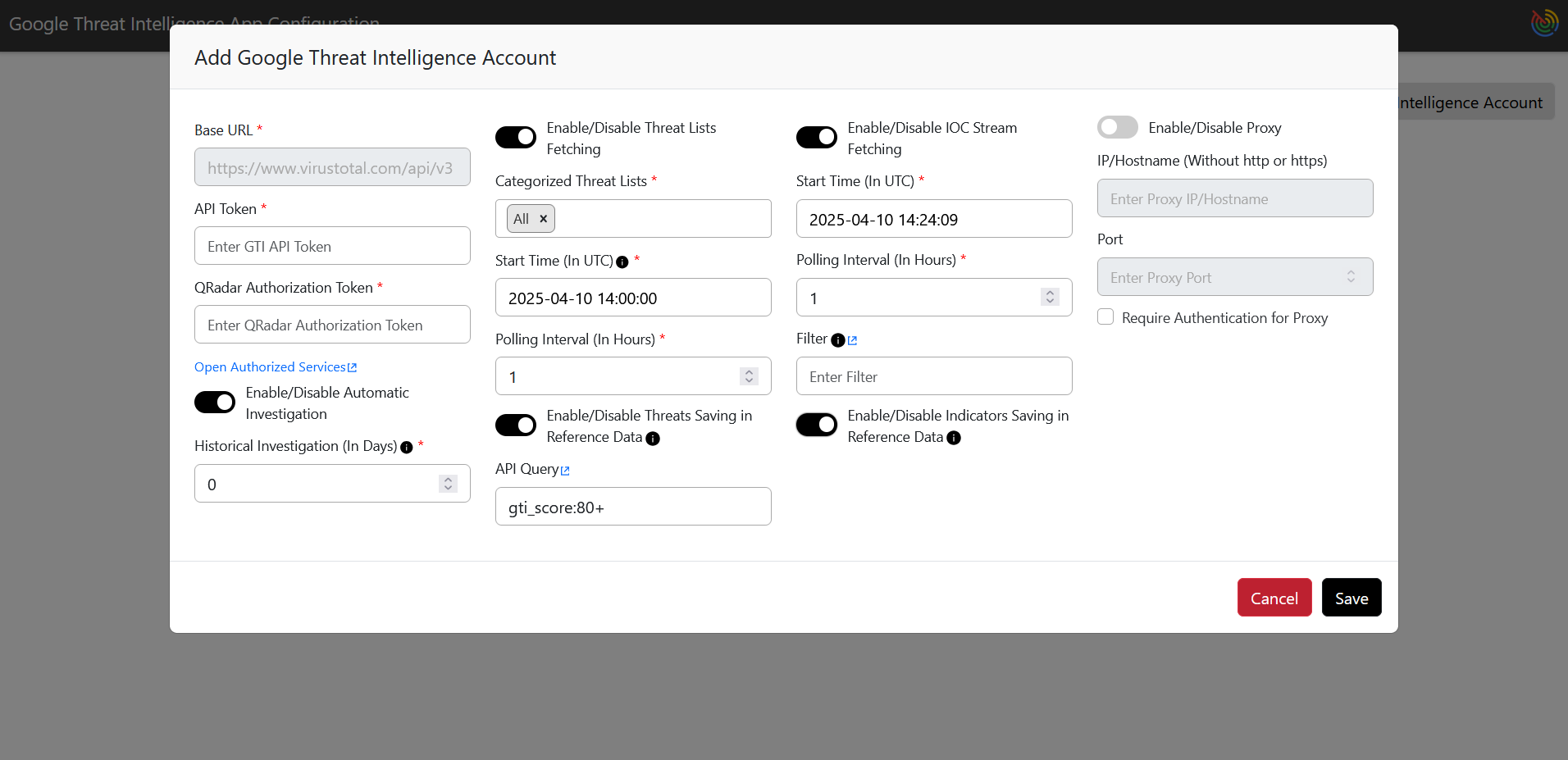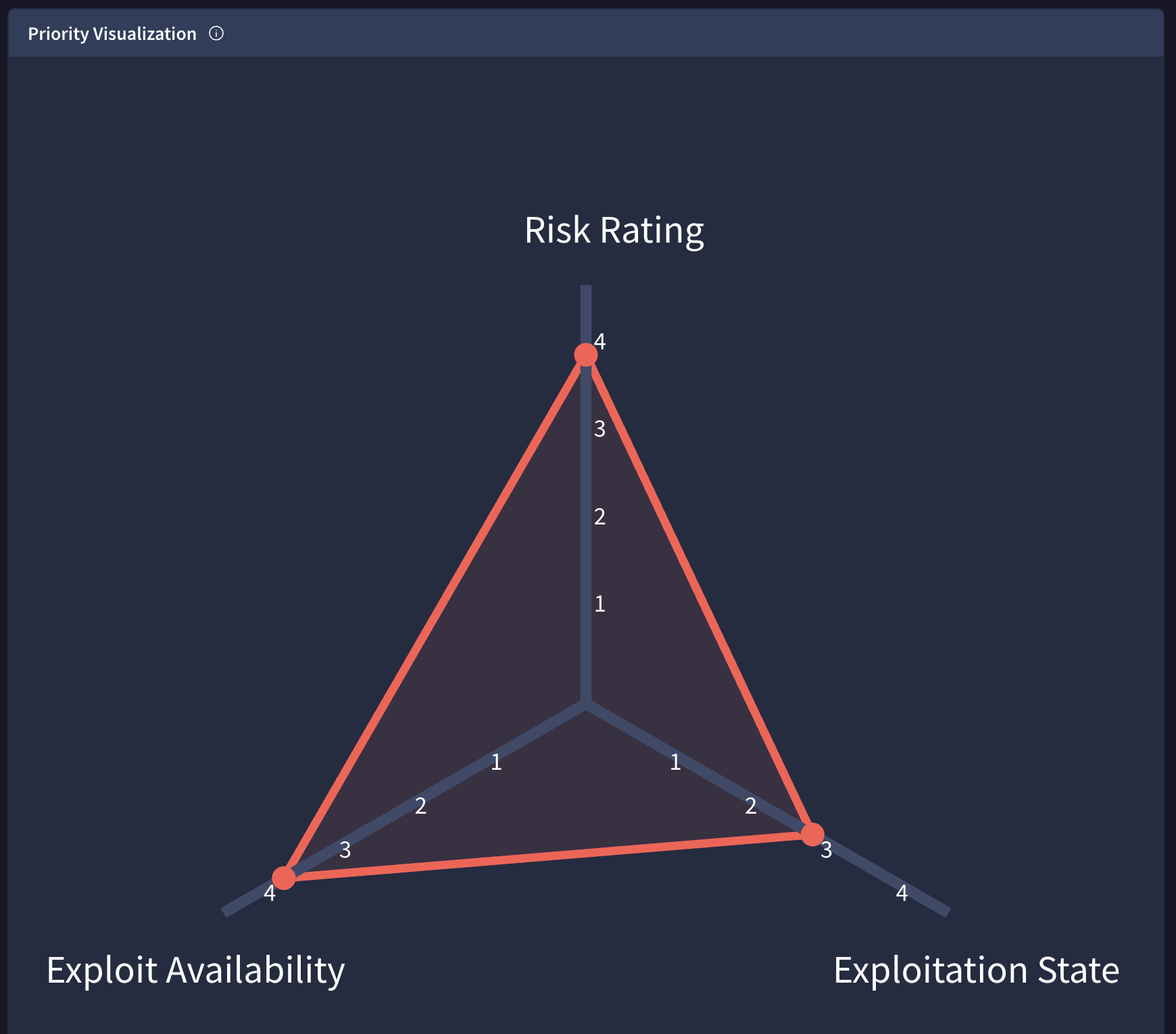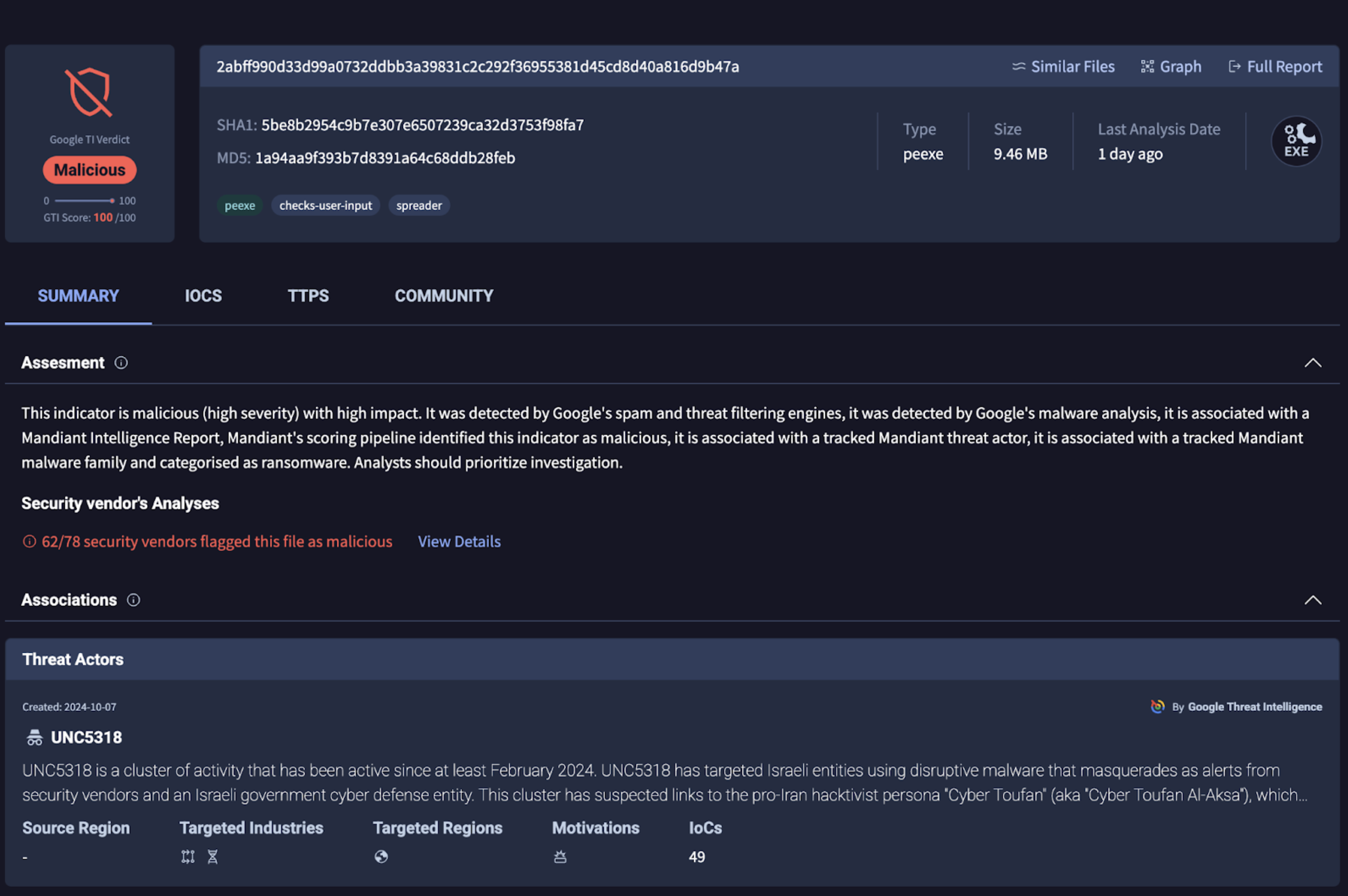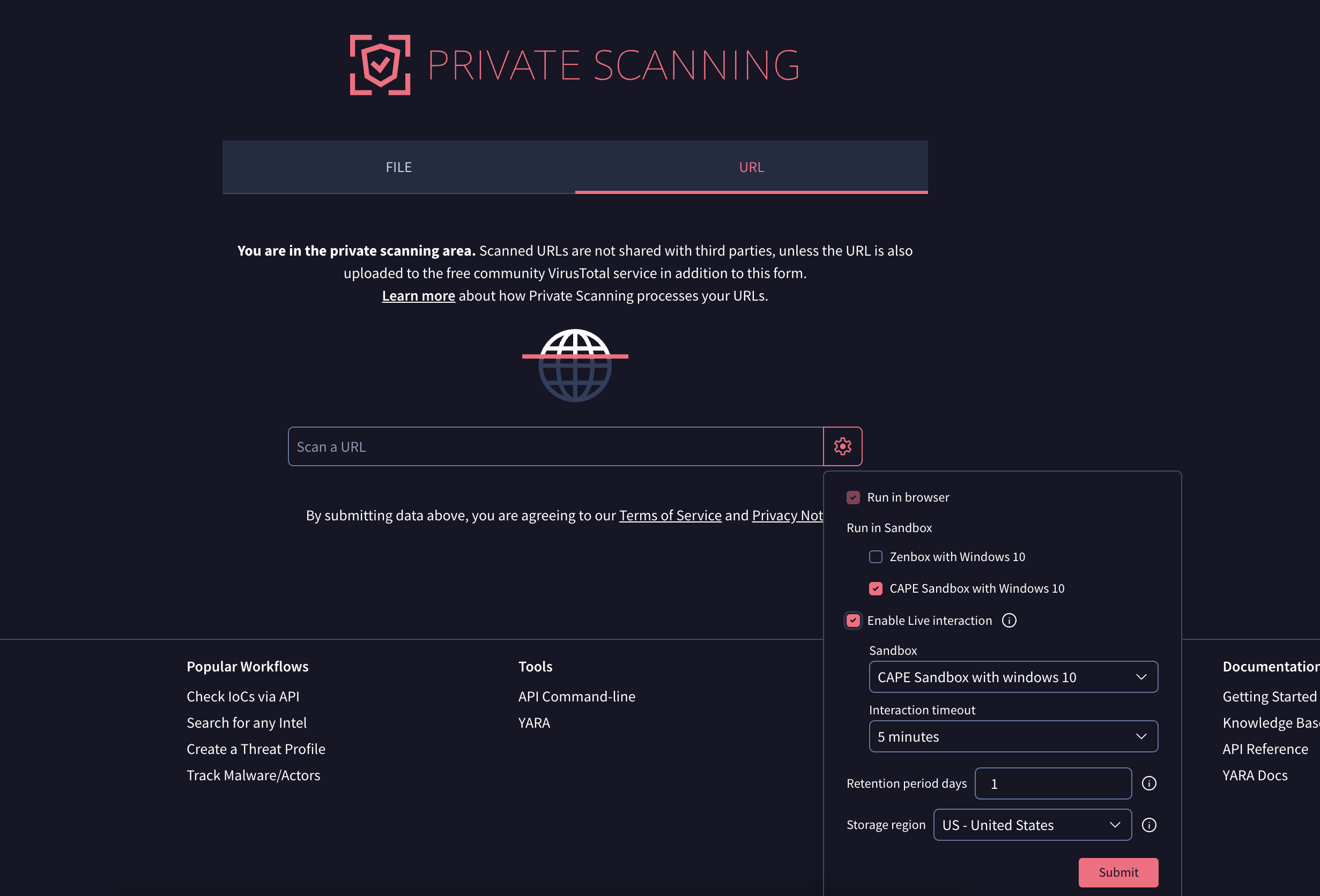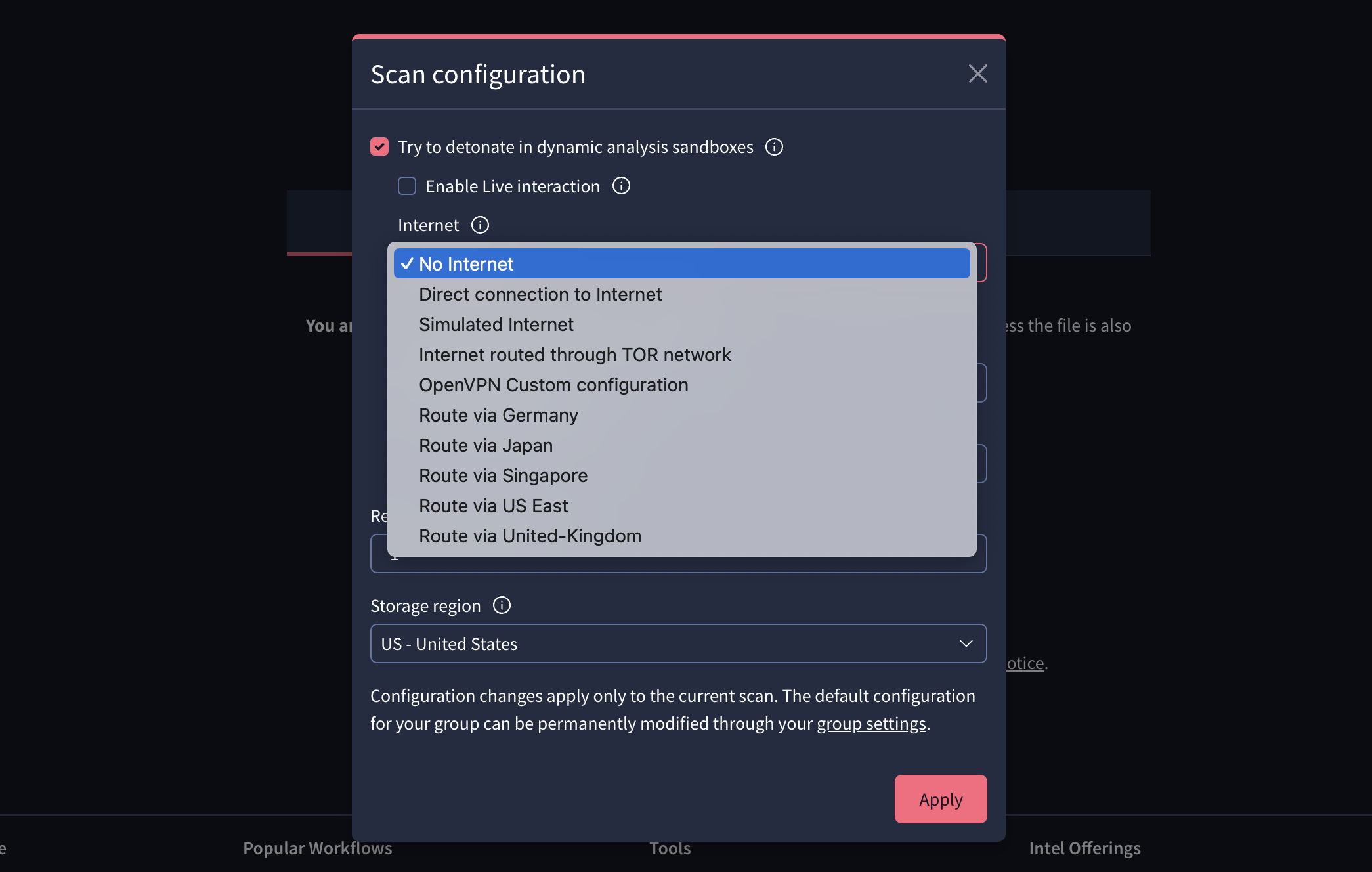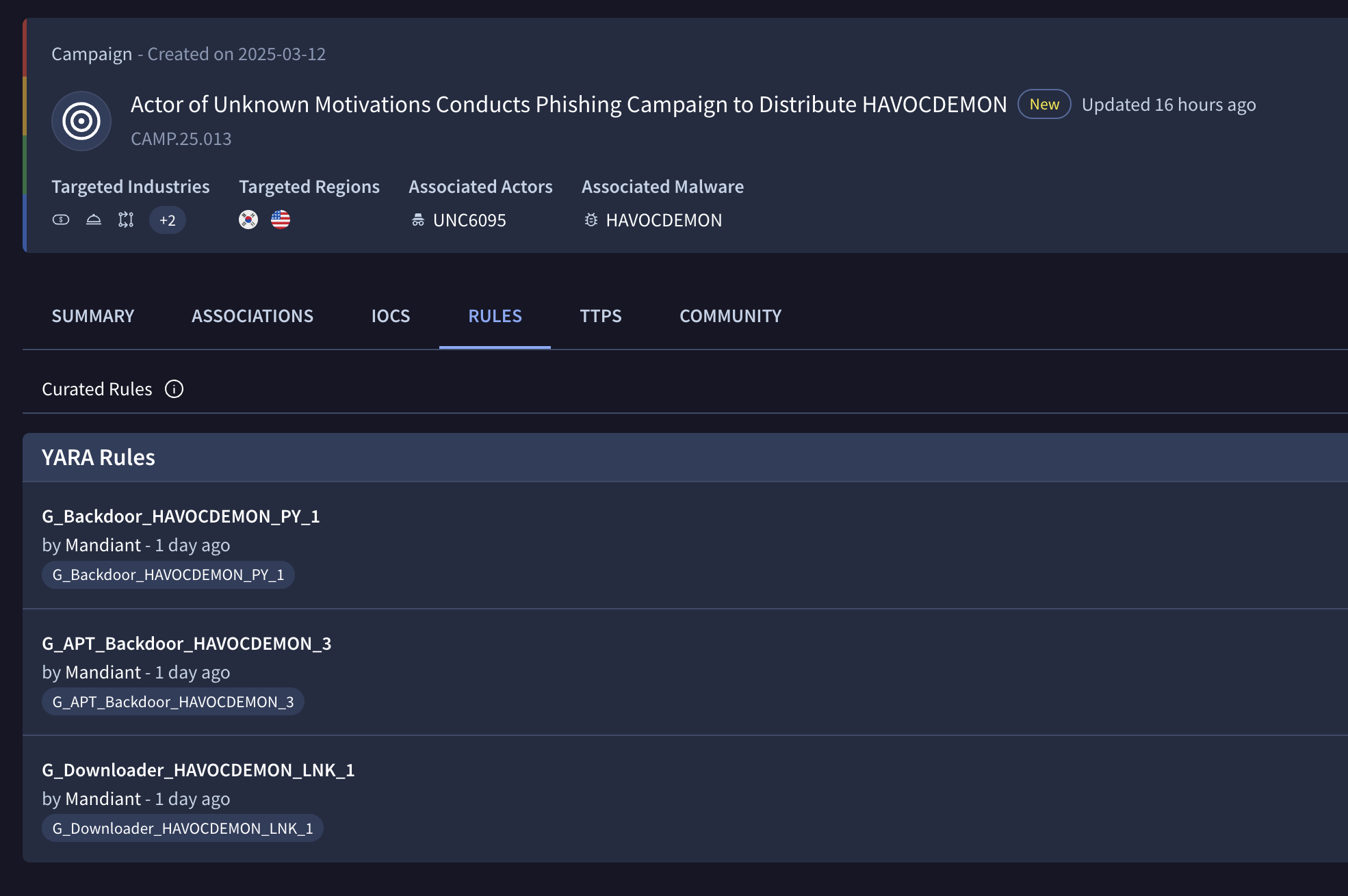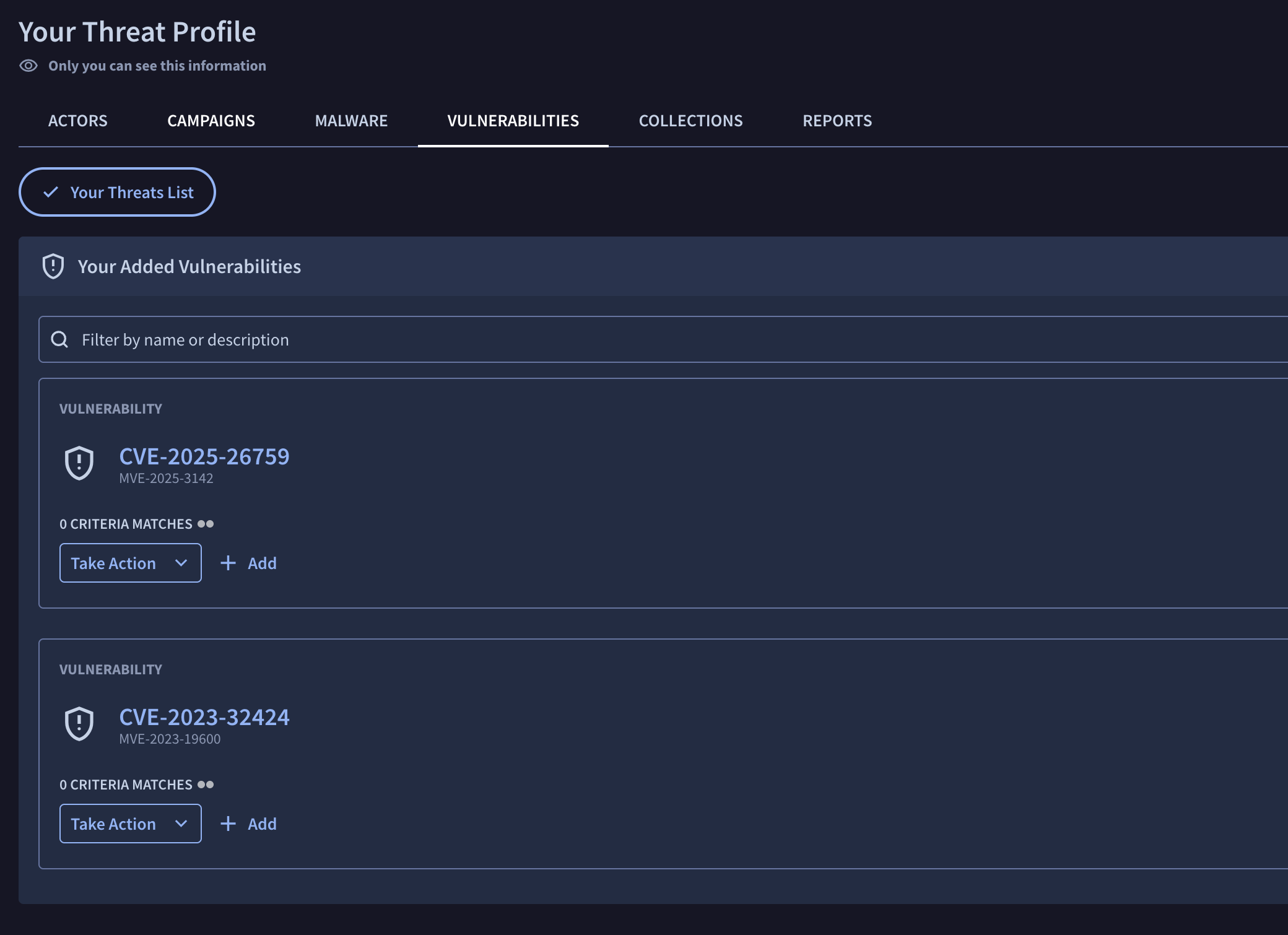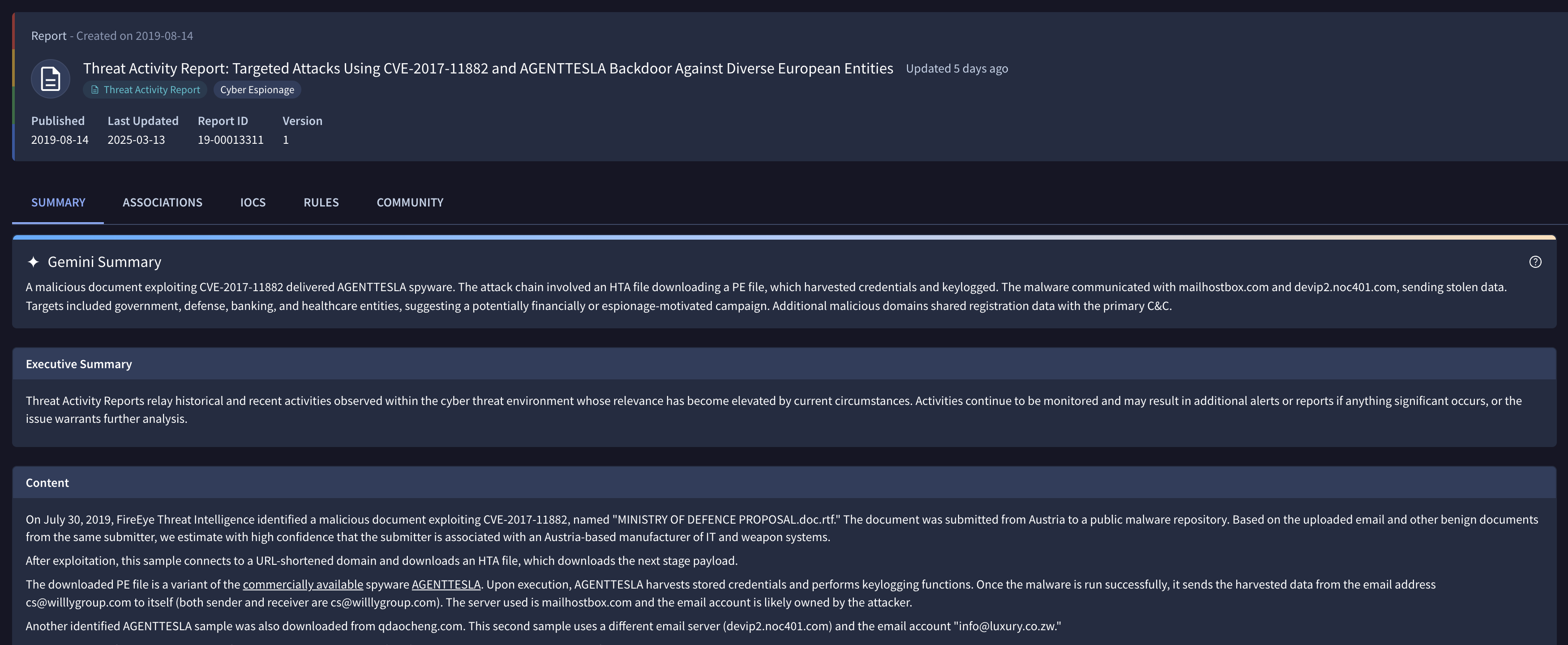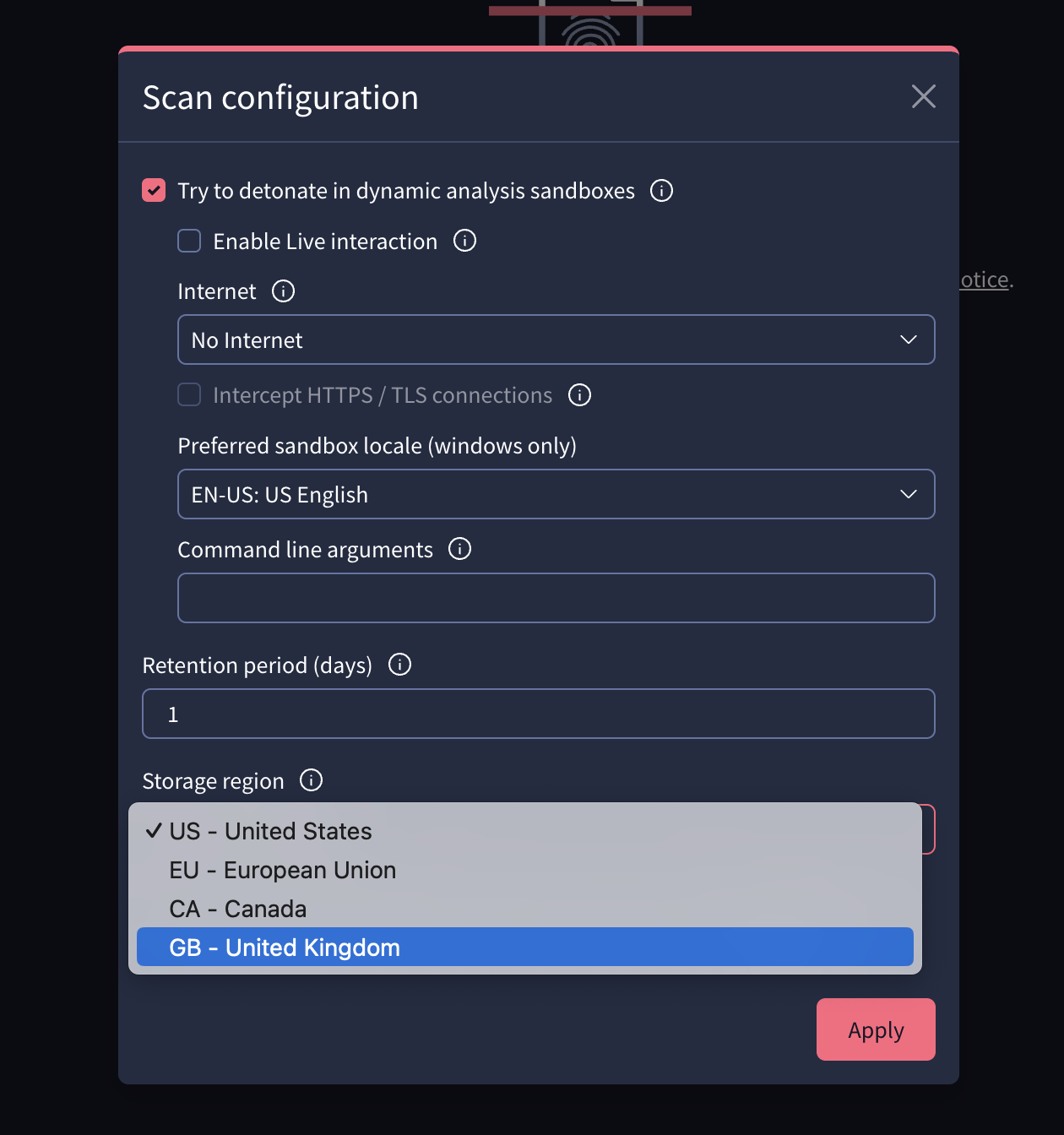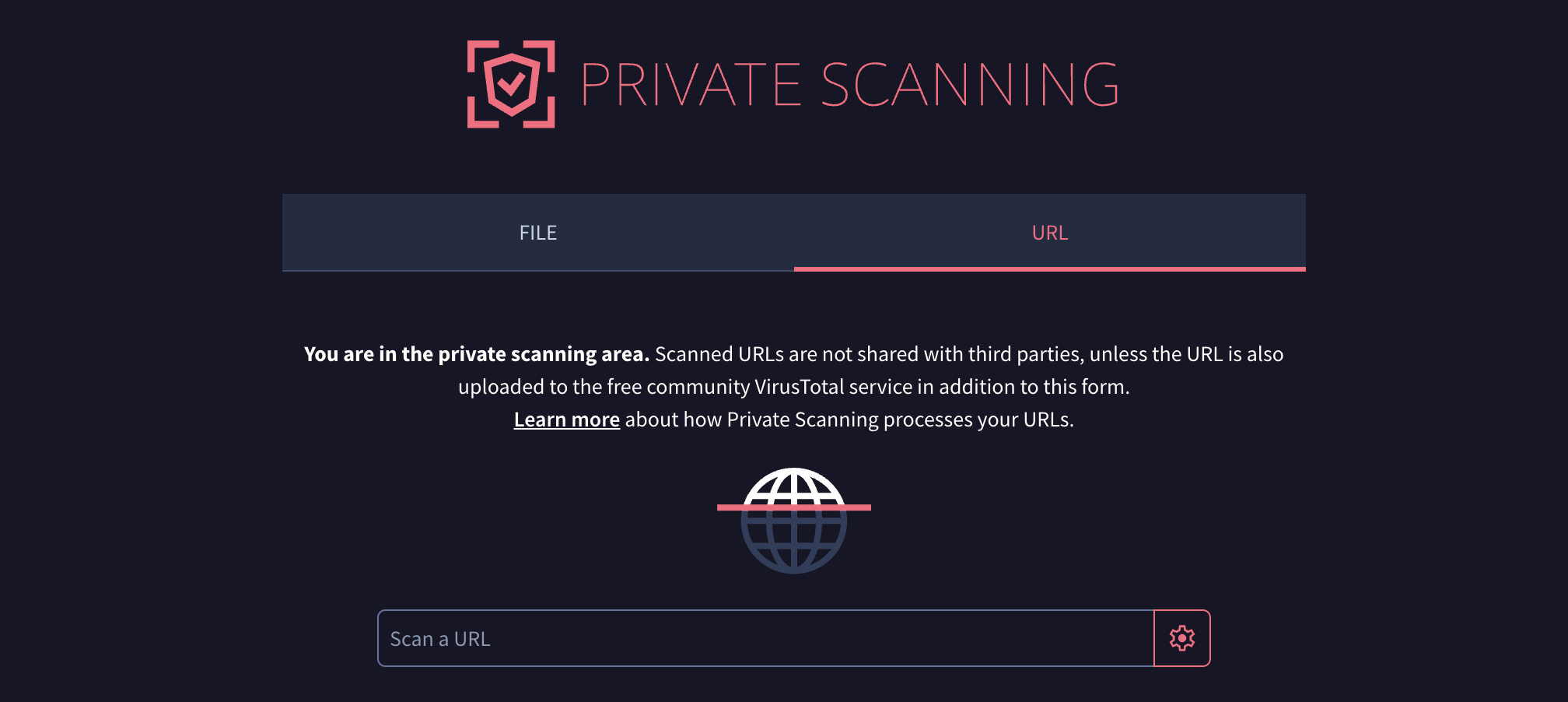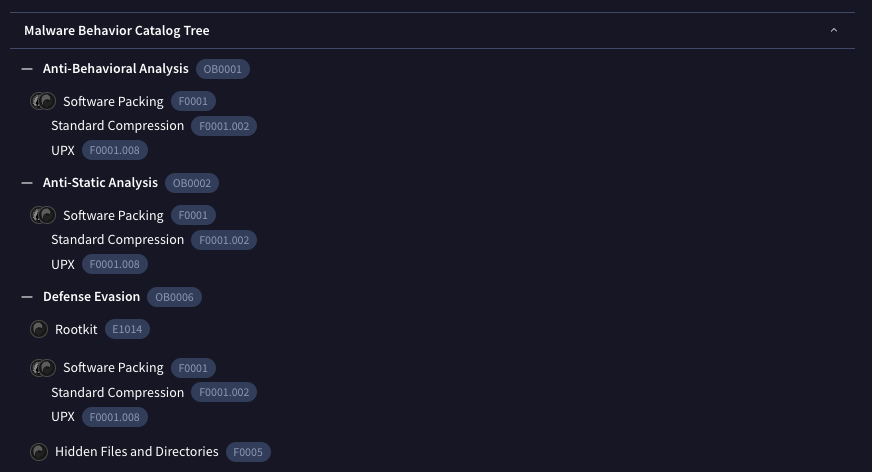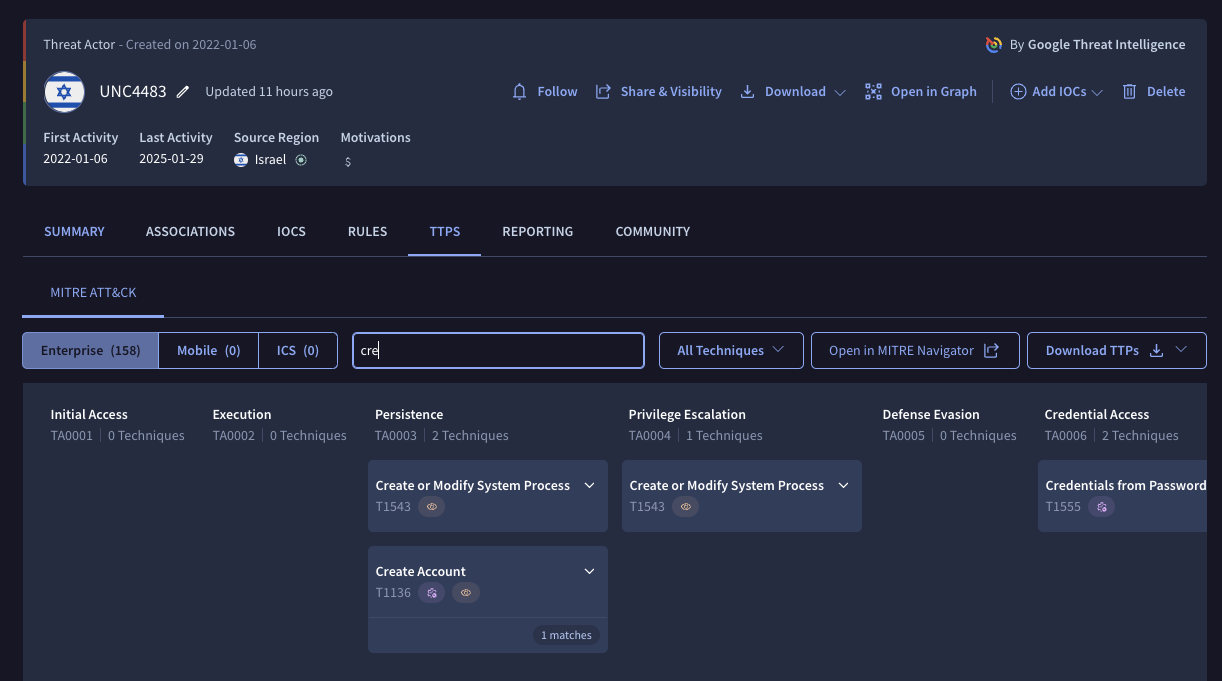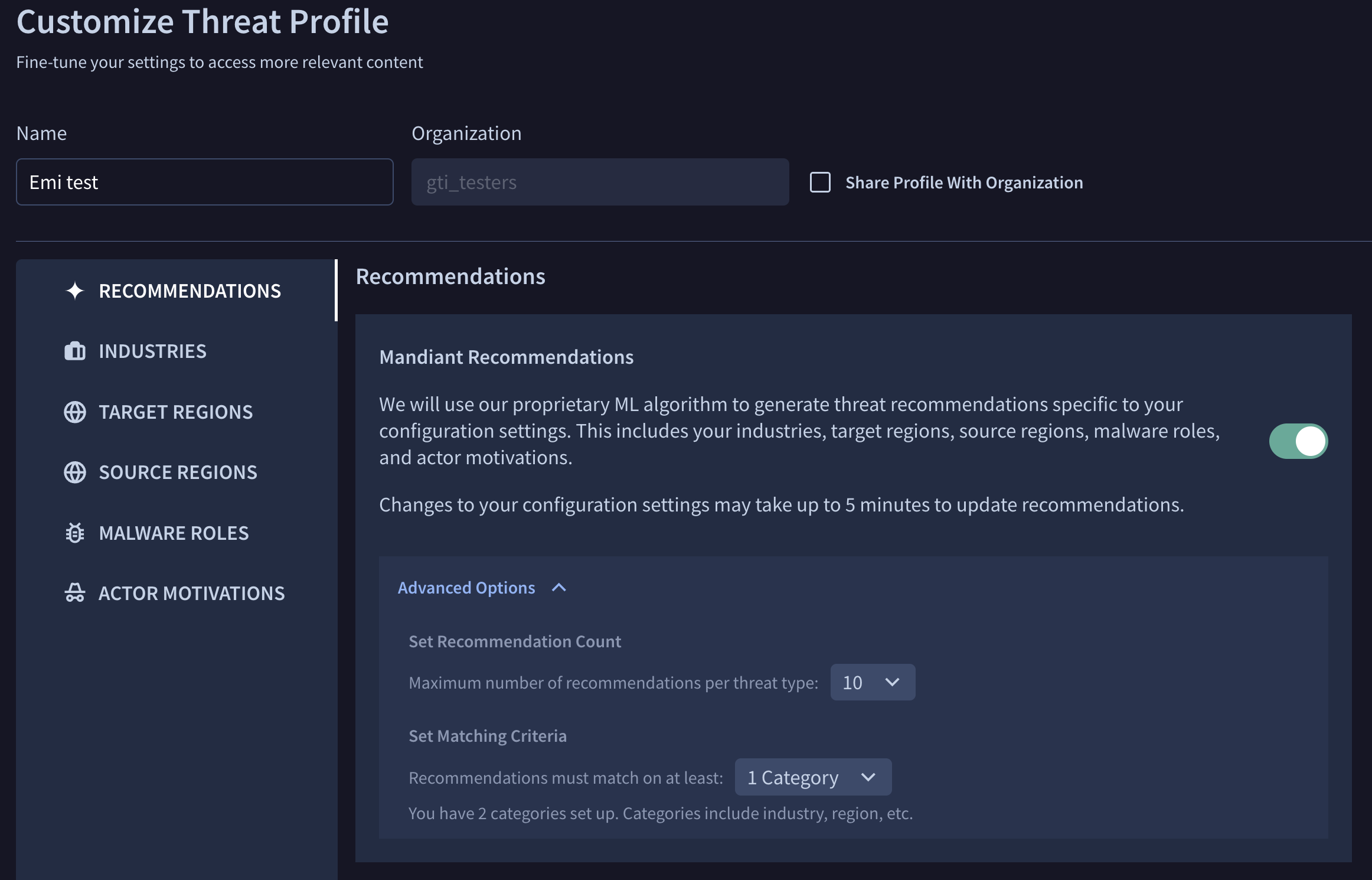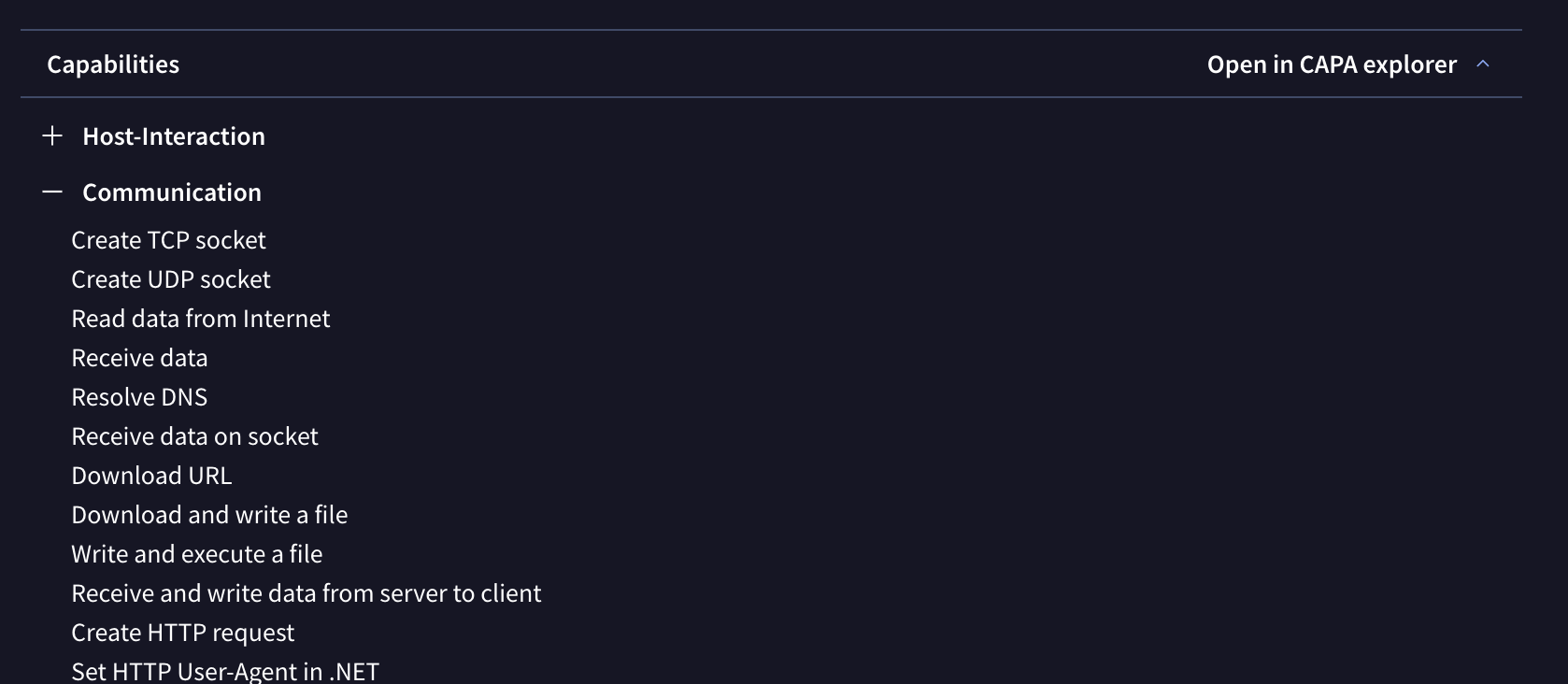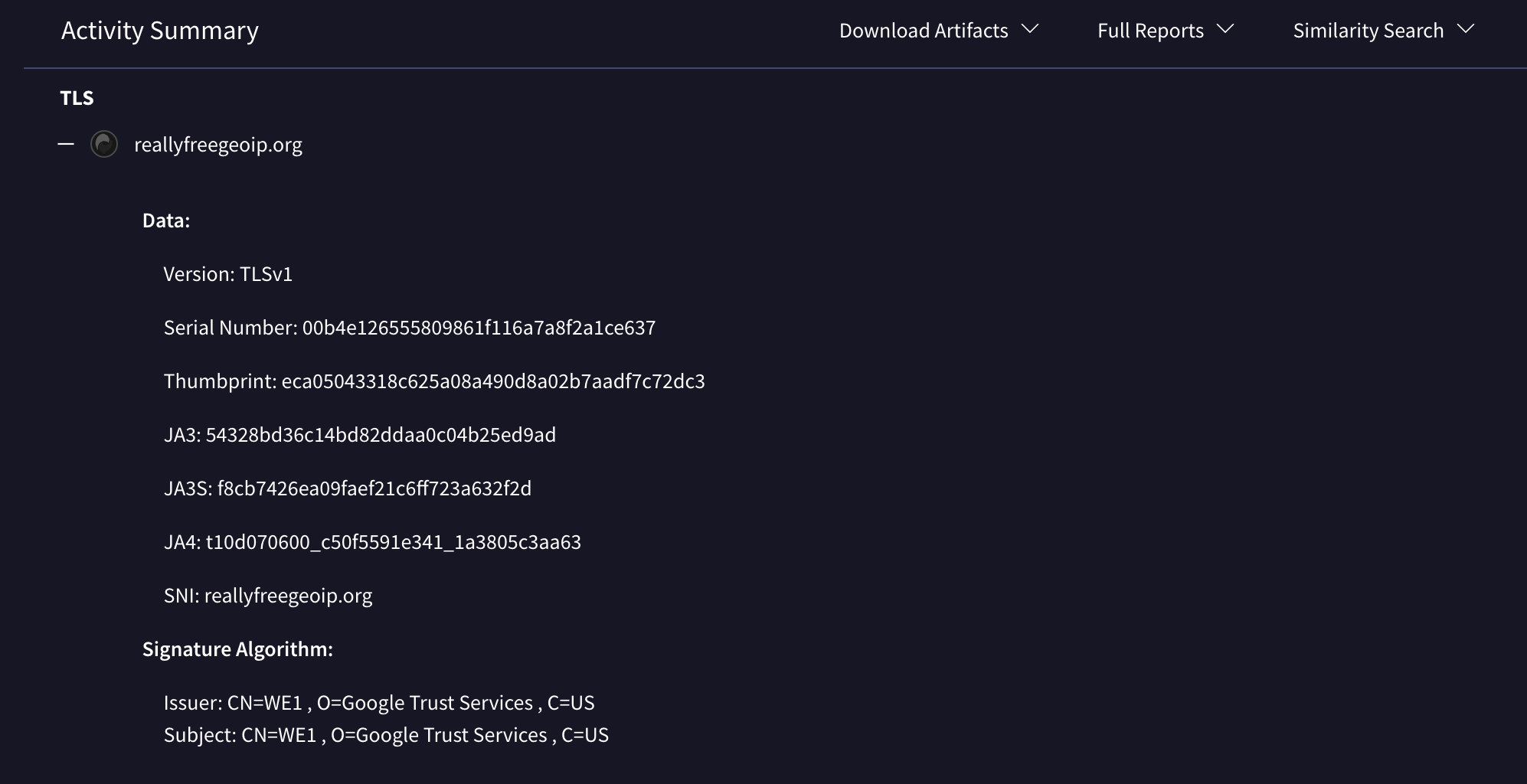📢Google TI Mondays. Tune in every Monday as we share quick, actionable practitioner tips and product adoption advice across our social platforms. These knowledge "pills" are designed to boost your efficiency, follow us to make sure you never miss the latest insights!
📢Month of UNLIMITED UI Searches. Check with VirusTotal / Search is the core searching feature providing access to our platform's massive IoC dataset, enabling users to execute advanced queries with specific modifiers to investigate malware campaigns, track threat actors, and analyze threat infrastructure. In November, all Google TI and VirusTotal customers will enjoy unlimited, uncapped searches when performing manual queries through the web interface (GUI). These searches will not consume any of the customer’s existing search quota.
- Google TI customers: 30 Days of UNLIMITED Searching with Google Threat Intelligence
- VT customers: November is the Month of Searches: Explore, Learn, and Share with #MonthOfVTSearch
💪Detection Highlights. The Google Threat Intelligence Group and FLARE team consistently update Google TI's YARA rules. Over this past week, we’ve released YARA rules covering 11 newly tracked malware families and updated YARA rules for 20 existing families. This update prioritizes malware families actively observed in Mandiant incident response engagements, SecOps customer environments, and top GTI search trends.
As we track new malware families found through our research, we build and release detection signatures. Some recent examples include:
- FIREPLUG: a backdoor written in Go that is capable of command execution, file upload and download, traffic relaying using SOCKS5 and port forwarding. See its curated YARA detection rules.
- WAVESHAPER: a backdoor written in C++ supports downloading and executing arbitrary payloads from the C2. See its curated YARA detection rules.
- LOSTSEA: a downloader that sets persistence by scheduling a task named IconCache. It collects and sends basic system information like user and hostname to the command and control (C2 or C&C) server. The response is expected to be an encoded next-stage payload. See its curated YARA detection rules.
- CHROMEPUSH: a dataminer written in C/C++ that targets multiple browsers (Chrome, Brave, Arc, Edge) and steals sensitive data, including screen captures, browser cookies, and keylogger data. It is also capable of installing a malicious Chrome browser extension. See its curated YARA detection rule.
- UDPSHELL: a Linux backdoor written in C. UDPSHELL communicates with command and control server using QUIC protocol. The backdoor capabilities include shell command execution, file upload and download, SOCKS5 proxy. See its curated YARA detection rule.
In addition to providing detection rules for new and emerging threats, we continue to update our detection systems for threats like DONUT, CHINACHOP, and POSHC2. These updates ensure you have the latest indicators.
See latest malware family profiles added to the knowledge base and the complete list of curated YARA rules in our database.
🆕 Enhanced Clarity and Accessibility of Registration Data with RDAP Format. The Whois lookup information in IP addresses and domains analysis reports provides deep insight into the registration, ownership, and administrative contacts for both IoC types. It is a crucial component for threat intelligence and incident response, allowing analysts to pivot investigations based on infrastructure ownership. We have introduced support for the standardized Registration Data Access Protocol (RDAP) to enhance the information provided from Whois lookups. It provides registration data in a machine-readable, standardized format (JSON), leading to greater data consistency and easier automated processing. See example.
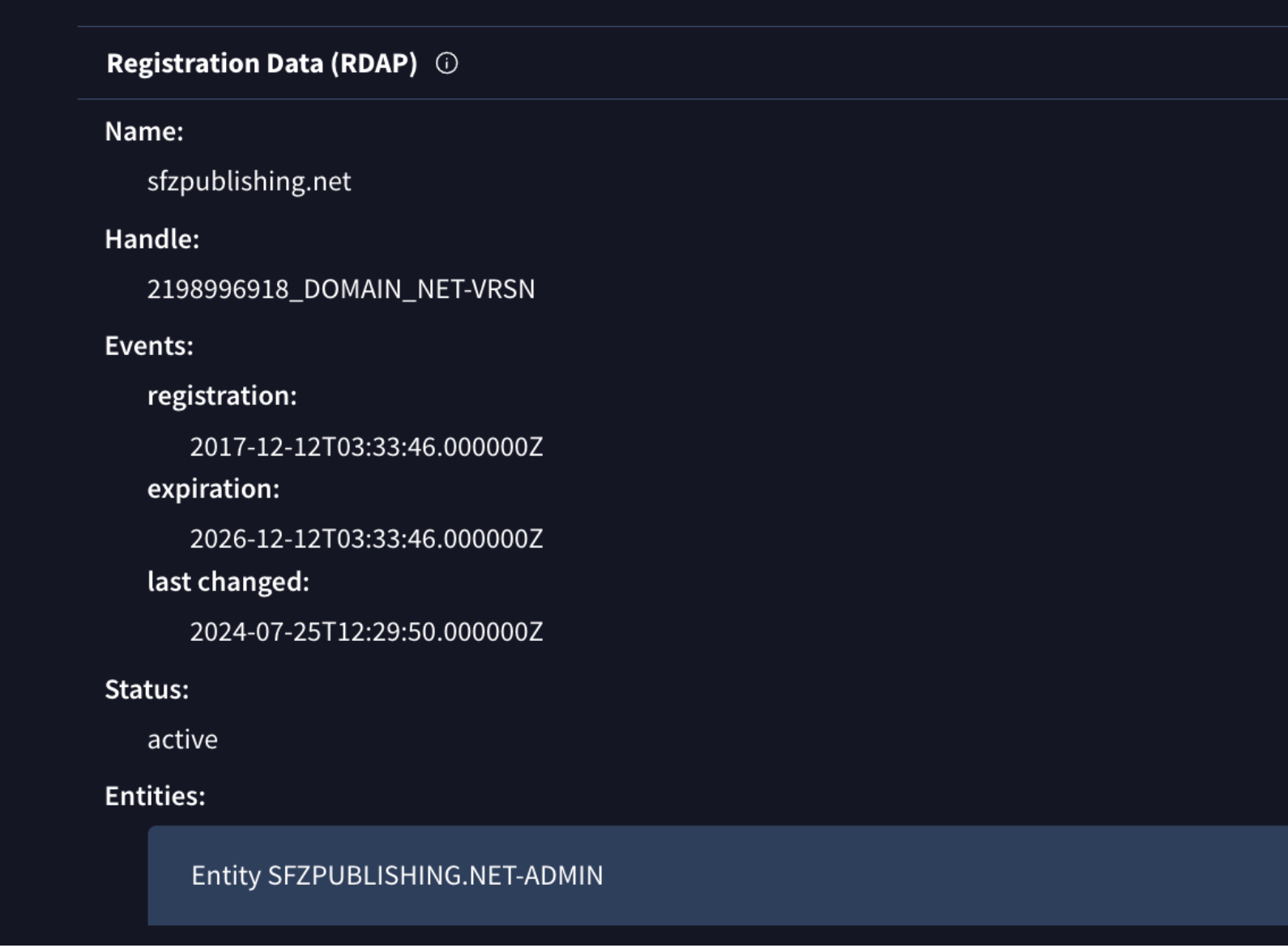
🆕 URL Private Scan check for Public Report availability. The Private Scanning feature allows users to analyze URLs in a dedicated, private environment. This is essential for inspecting sensitive URLs and performing in-depth analysis, such as interactive sandbox detonation, without contributing the results to the public corpus. The platform now provides an immediate notification when a public report for a requested URL is already available, right before initiating a private scan. This allows users to decide whether they still require a private scan for specific reasons (e.g., interact with the sandbox during URL detonation or configuring a certain browser agent), or if the public report is sufficient, thereby preserving their Private Scanning quota.

💪 Enhanced GTI Scoring with Human-Verified Intelligence to reduce False Positives/False Negatives. The GTI Score is a proprietary, unified risk assessment metric that objectively quantifies an indicator's (file, URL, domain, IP) maliciousness for fast decision-making and alert prioritization. The model has been significantly improved by incorporating manual analysis insights from the ATI (Advanced Threat Intelligence) team, which systematically corrects edge cases, thus reducing False Positives (FP) and improving False Negatives (FN) coverage for a more accurate score.
🆕 Agentic now uses existing detections and generates new YARA-L rules. Agentic, our conversational AI platform powered by Google Threat Intelligence (TI), now features enhanced YARA-L rule generation capability. This improvement is driven by Agentic's streamlined access to our comprehensive library of existing detection rules, enabling the creation of more sophisticated and precise new rules for countering complex threats and ensuring reliable resources for rapid threat response. After you prompt the agent to create a new YARA-L rule (to track a specific threat or malware family), the interface gives you the power to act right away to:
- Copy the rule content.
- Download the rule file locally.
Leverage our entire dataset to massively boost your detection power, then integrate the results into Google SecOps in minutes.

